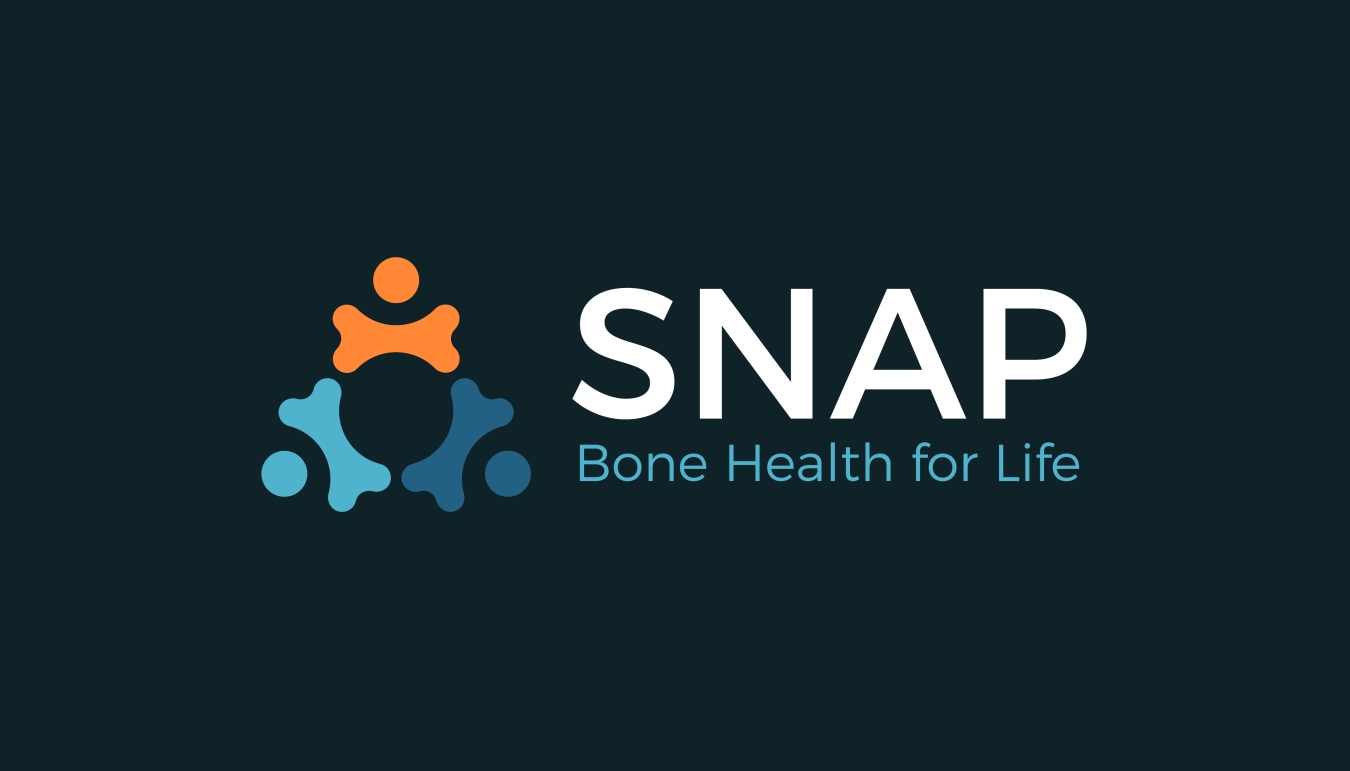
Since ancient times, sunlight has been celebrated as the very source of life
Since ancient times, sunlight has been celebrated as the very source of life and rightly so. While it ensures the existence of plants by allowing them to photosynthesize, its benefits for human health cannot be overlooked either. From its mood-boosting effects to its role in promoting good health, sunshine plays many roles.
A key component of this sun-induced goodness is Vitamin D, often referred to as the "sunshine vitamin." While many of us have heard of its importance, the depth of its role in maintaining bone health is not well understood by many.
What is Vitamin D?
Vitamin D is a fat-soluble vitamin. It is unique in that our bodies can produce it when exposed to sunlight, specifically ultraviolet B (UVB) rays. There are two main forms: Vitamin D2 (ergocalciferol), derived from plant sources, and Vitamin D3 (cholecalciferol), which comes from animal sources and is the kind produced by our skin in response to sun exposure.1
Low vitamin D levels can lead to weaker bones, osteopenia (reduced bone density) and eventually osteoporosis
Vitamin D and Bone Health
Our skeletal system is a dynamic structure, constantly undergoing a process called bone remodelling. In this, old bone is broken down and replaced by new, healthy bone. Low vitamin D levels can lead to weaker bones, osteopenia (reduced bone density) and eventually osteoporosis.2,3 For this process to continue smoothly, the right balance of minerals and vitamins, particularly calcium and phosphate, is important. That is where Vitamin D plays its role.
- Calcium Absorption: Vitamin D facilitates the absorption of calcium from our gut, derived from the food we consume. Calcium is vital for bone strength and density. Without adequate Vitamin D, even if you are consuming enough calcium, your body might not absorb it efficiently, leading to weakened bones. So as important as calcium is, maintaining adequate levels of vitamin D is equally crucial.4
- Phosphate Regulation: Phosphate, along with calcium, forms the mineral crystal structure that gives bones their rigidity. Vitamin D aids in the regulation of phosphate in the body, ensuring bones are sturdy with adequate phosphate levels.4
- Bone Remodeling Balance: Vitamin D is crucial for the normal functioning of cells responsible for forming new bone (osteoblasts) and cells responsible for breaking down bone (osteoclasts). These cells maintain a balance between bone formation and breakdown, which is important to ensure optimum bone health.5
Sunshine and Beyond: Other Sources of Vitamin D
Although the sun is a primary source, there are more ways to ensure adequate Vitamin D intake, namely diet and supplements.
- Diet: Vitamin D is naturally present in these foods:6
- Fatty fish (like salmon, tuna, mackerel, and sardines are the best source of vitamin D)
- Egg yolks
- Beef liver
- Cheese
In addition, fortified products available in the market such as dairy products - fortified yoghurt, milk and cheese - and fortified bread and cereals can help ensure sufficient vitamin D intake effortlessly.
- Supplements: Often, it becomes hard to ensure adequate vitamin D levels with diet and sunlight alone; especially during winter months, and for those living in regions with limited sunlight, and dietary restrictions. In such cases, Vitamin D supplements offer an effective alternative and are frequently recommended to those at risk of deficiency.
However, it is important to note that too much vitamin D can be dangerous, especially when taken over the long term. The recommended adult daily dose for vitamin D is 400 IU.7 It is important to stick to it unless advised otherwise by your healthcare provider.
Risks of Vitamin D Deficiency
A chronic lack of Vitamin D can lead to a number of bone-related issues:
- Children: Children with vitamin D deficiency can develop Rickets, a condition where bones become soft and weak, causing deformities.
- Adults: Vitamin D decreases bone loss and reduces the risk of fractures, particularly in older adults. Vitamin D deficiency can lead to osteomalacia, a condition characterized by weak, painful bones due to impaired mineralization. Osteoporosis is another dangerous consequence as it often progresses silently. It causes porous, fragile bones prone to fractures.2
Conclusion
Vitamin D plays an important role in our well-being. While sunshine provides a natural source, it is often not enough which is why it is essential to remember the 'beyond' - a balanced diet and, if necessary, supplements; in order to ensure that our bones are getting all the nutrients they need to stay healthy!
References
1. Wacker, M., & Holick, M. F. (2013). Sunlight and Vitamin D: A global perspective for health. Dermato-endocrinology, 5(1), 51-108.
2. Lips, P., & Van Schoor, N. M. (2011). The effect of vitamin D on bone and osteoporosis. Best Practice & Research Clinical Endocrinology & Metabolism, 25(4), 585-591.
3. Karaguzel, G., & Holick, M. F. (2010). Diagnosis and treatment of osteopenia. Reviews in Endocrine and Metabolic Disorders, 11(4), 237-251.
4. Shaker, J. L., & Deftos, L. (2023). Calcium and phosphate homeostasis. Endotext [Internet].
5. Lieben, L., & Carmeliet, G. (2013). Vitamin D signalling in osteocytes: effects on bone and mineral homeostasis. Bone, 54(2), 237-243.
6. Benedik, E. (2021). Sources of vitamin D for humans. International Journal for Vitamin and Nutrition Research.
7. National Health Service. Vitamins and Minerals. Vitamin D. Available from https://www.nhs.uk/conditions/vitamins-and-minerals/vitamin-d/


